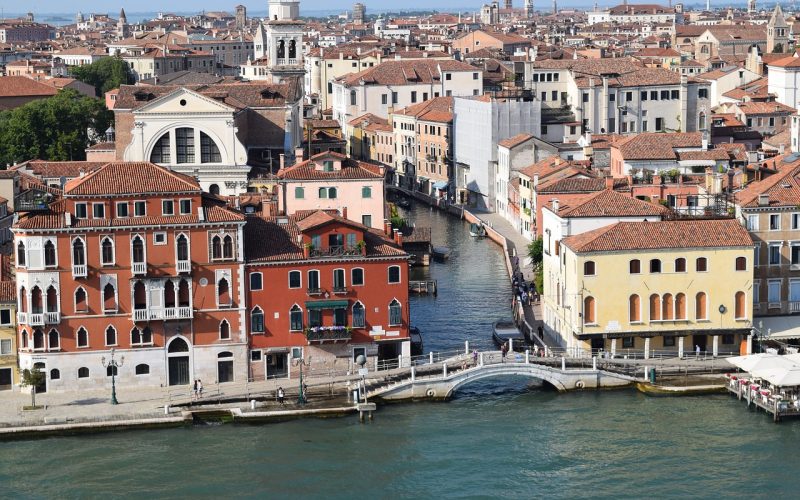The ongoing issue of climate change has necessitated a paradigm shift in how homes are constructed around the world. With rising global temperatures contributing to increased rainfall and severe weather events, flooding has become a significant concern for both homeowners and builders. This article explores how the construction industry is evolving to address these challenges, ensuring homes are resilient against the growing threat of floods.
Understanding the impact of climate change on flooding
Climate change is not just an environmental issue; it is rapidly becoming a critical concern for urban planning and development. The increase in atmospheric temperatures causes glaciers and polar ice caps to melt, elevating sea levels. Simultaneously, warmer air holds more moisture, leading to heavier and more frequent rainfall. These conditions converge to increase the likelihood of flooding in areas that have never before been considered at risk.
Innovative building practices to combat flooding
In response to these challenges, architects and builders are adopting new techniques to construct flood-resistant homes. One approach gaining popularity is elevating homes on stilts or piers, particularly in coastal and low-lying areas. This method allows water to flow beneath the property without causing damage. Additionally, the use of flood-resistant materials, such as concrete or marine-grade plywood, is becoming more common, enabling structures to withstand prolonged exposure to water.
Smart technology and flood prediction
Beyond physical construction methods, smart technology is playing an increasingly crucial role in mitigating flood risks. Advanced warning systems and predictive analytics can now provide real-time data on weather patterns, allowing residents to prepare for potential floods. Homeowners are also integrating smart water sensors within their homes, alerting them to leaks or rising water levels before they become catastrophic. These technologies not only protect properties but also save lives by allowing for timely evacuations.
The role of urban planning in flood prevention
Urban planners are re-evaluating city layouts with flooding in mind, ensuring that infrastructure and residential areas are designed to better cope with excess water. This planning often involves creating green spaces and flood plains that absorb rainwater and reduce runoff, thus decreasing the strain on urban drainage systems. By incorporating these natural flood defences, cities hope to reduce the impact of extreme weather events and safeguard communities.
Community involvement and education
Communities play a vital role in the fight against flooding. Local governments and organisations are investing in education programmes to inform residents about flood risks and emergency preparedness. Workshops and resources are making it easier for individuals to understand their local flood risks and what they can do to protect their homes. This education fosters a sense of responsibility and empowerment, encouraging community members to work together to mitigate flooding impacts.
Looking ahead to a resilient future
While the increased threat of flooding due to climate change presents many challenges, it also offers opportunities for innovation and improvement in building practices. By adopting a holistic approach that combines architectural ingenuity, smart technology, urban planning, and community involvement, we can create homes and cities that are not only resistant to flooding but also sustainable and adaptable to the changing climate. The key lies in proactive strategies and collaboration among all stakeholders, ensuring that future generations can live safely and comfortably, regardless of what nature throws their way.




















